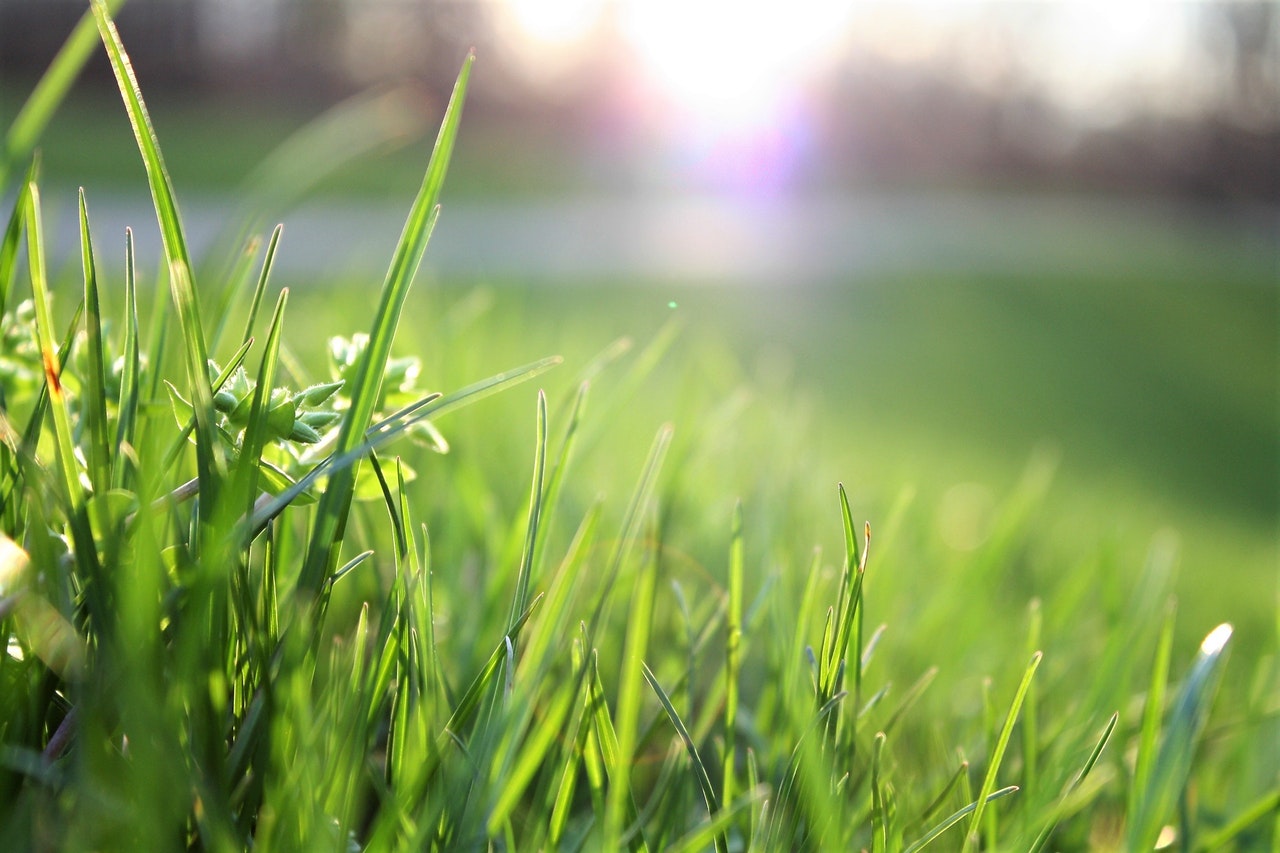
Hydroseeding Latest News August 2020
King County’s Solid Waste Division prepares to take the rains this fall
At the Cedar Hills Regional Landfill, workers are hydroseeding hillsides to control erosion and mudslides, and making sure the stormwater and wastewater systems function optimally with higher water volumes. Cleaning containment ponds, setting water levels, clearing lines, replacing filters, and inspecting pumps and electrical panels will help ensure normal operation and avoid overflows and backups. Wastewater crews are also on round-the-clock standby to respond to emergencies. Read More
New sod playing field underway at OR
Field renovations begin on Sept. 25 to lay down a new playing sod field inside OR’s track for the school’s field hockey team to use. The new field will also have a new sprinkler system.
The project consists of relocating the existing long jump pits, installation of a new sprinkler system, surface re-grading and hydro-seeding. Read More
K & R LANDSCAPE Put the final touches on the Wayland project with 17,000 sqft of hydroseeding

Restoration Ecology publish report on Hydroseeding tackifiers and dryland moss restoration potential
Here’s a look at hydroseeding at McCracken Field that is part of restoration now that improvement projects are complete. pic.twitter.com/1hHSMMm6md
— McHenry (@MCHS156) August 12, 2020
TREE SURGERY – WHY DO YOU NEED A TREE CLIMBING BAT INSPECTION?
Oliver Brown Ltd have specialists who hold Natural England bat licences that permit them to climb trees and inspect them for potential roost features (PRFs) for bats. It is important to hold this licence as bats are legally protected under both domestic and European legislation and it is an offence to intentionally or recklessly disturb them in their place of rest. Roost features can range from a woodpecker hole, splits or fissures to droppings or scratch marks, as well as a host of more subtle features that are only visible to a trained eye. Read More.
Check back next month for your September 2020 Hydroseeding News.